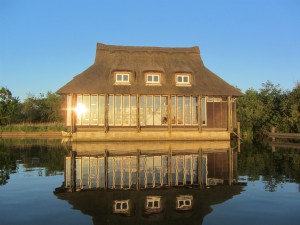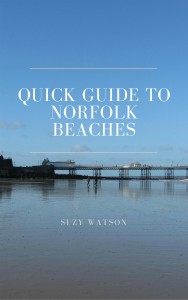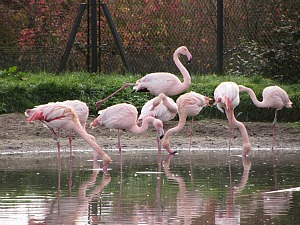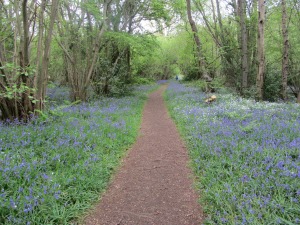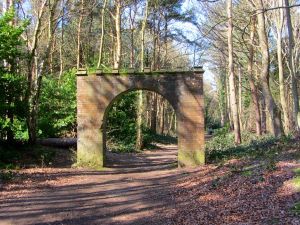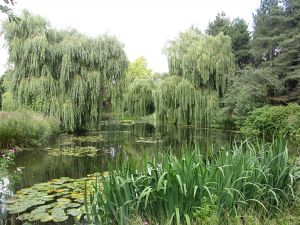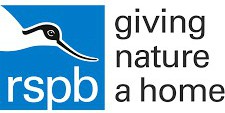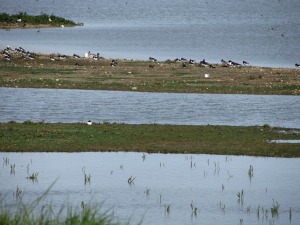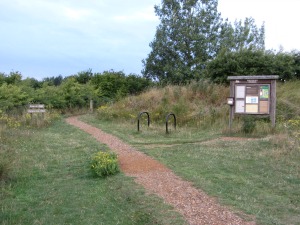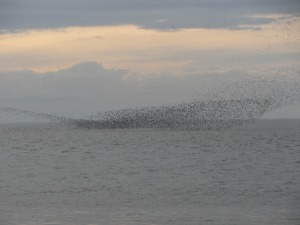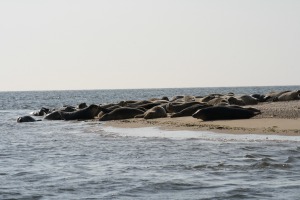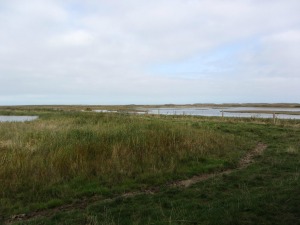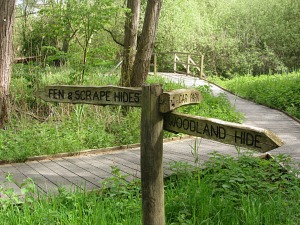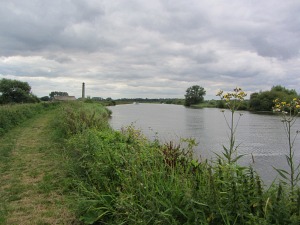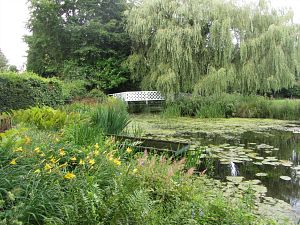- Explore Norfolk
- Wildlife Reserves
Norfolk's Nature Reserves
Fascinating Wildlife And Beautiful Scenery
The Nature Reserves in Norfolk are primarily dominated by the Norfolk Wildlife Trust with over 40 reserves in Norfolk alone, and the RSPB with 8 sites, some on the wonderful Norfolk coastline, some inland on the Norfolk Broads, and others even further inland in woodland.
- There’s something for everyone, young or old!
- Birdwatching
- Walking
- Photography
- Observing the flora and fauna
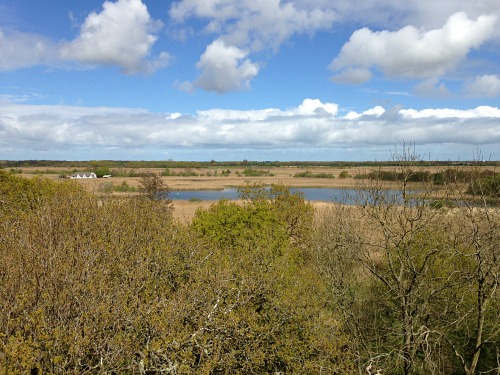
The Importance of Conservation
Norfolk has incredibly diverse habitats, including:
- the huge swathes of marshes
- water meadows
- heathlands
- woodlands
- cliffs and, not forgetting
- the Norfolk Broads.
All are under constant threat from various pressures and the organisations that manage much of the land are crucial in preserving these environments. The efforts of these organisations not only safeguard the habitats but also the myriad of species they support, which in turn contributes to the overall ecological health of the region.
Popular Organisations Involved In Protecting Norfolk’s Landscape
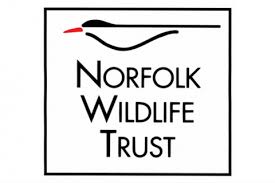
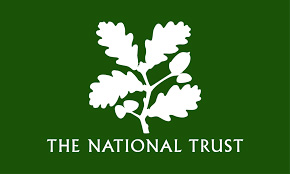
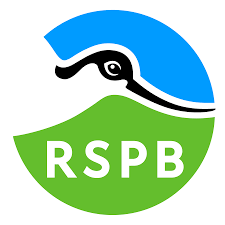
There are 3 major organisations that manage most of the Norfolk Nature Reserves.
The Norfolk Wildlife Trust, established in 1926, stands as the oldest wildlife trust in the UK. It began with by acquiring 420 acres at Cley Marshes, marking the inception of a long-standing commitment to conservation. Over the decades, the Trust has expanded significantly and now manages over 60 nature reserves and has over 35,000 members.
The RSPB (Royal Society for the Prevention of Birds) is another organization with a large involvement in many of the Norfolk Wildlife Reserves.
The National Trust is the other main body that protects much of the Norfolk landscape.
Top Coastal Nature Reserves in Norfolk
Blakeney National Nature Reserve
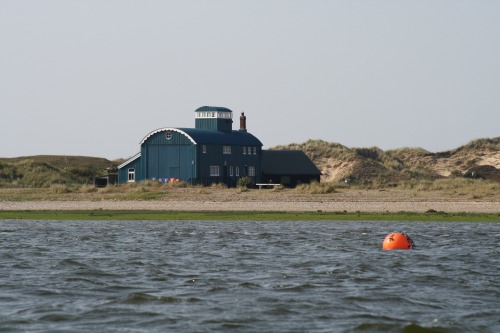
Discover the vast open spaces and uninterrupted views of the North Norfolk coastline at Blakeney National Nature Reserve.
Renowned for its 4-mile long shingle spit called Blakeney Point, this reserve offers a sanctuary for a diverse array of wildlife, including England's largest grey seal colony.
It’s an all year-round experience, from the summer where you’ll see the breeding tern colonies as well as the seals, and then again in the winter months where you’ll also see the seals and their pups.
The best way to see the incredible wildlife here is to take a ferry trip from Morston Quay, details of which you can find here.
Cley Marshes
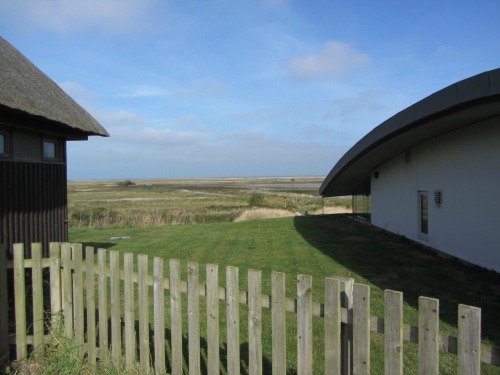
I love Cley Marshes. This is Norfolk Wildlife Trust's oldest nature reserve. This coastal spot boasts freshwater marshes, reedbeds, and the shingle beach. It’s supposed to be one of the best birdwatching sights in the UK and it really does support a plethora of breeding and wintering birds.
There are a network of hides and boardwalks offering spectacular views which you can walk around, or you can just visit the eco-friendly visitor centre to find out more about the area's natural history and conservation efforts.
Titchwell Marsh
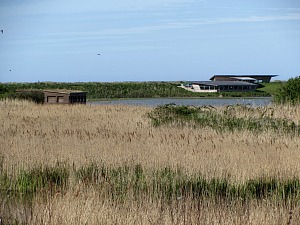
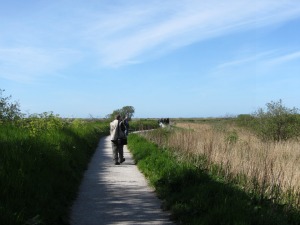
Titchwell Marsh, managed by the RSPB, also has freshwater and salt water lagoons, reedbeds, and a sandy beach. This reserve is also a hotspot for birdwatching, especially during migration seasons when thousands of birds pass through.
This is a great reserve to bring the family too and encourage young children to experience nature and wildlife.
Snettisham Reserve
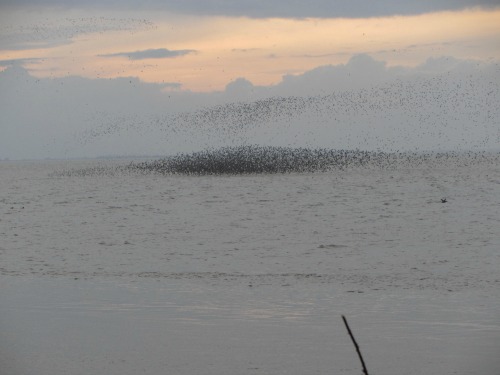
I can't let you go without mentioning Snettisham Reserve. This reserve is particularly important in the winter months with the incredible Snettisham Wader Spectacular and the flight of the Pink Footed Geese. This is a sight to experience, and even if you have to get up early, it’s well worth it!
If you’re wanting to catch sight of some spectacular wildlife on the Norfolk Coast, these are some of the top reserves to come to.
Norfolk becomes a haven for migrating winter birds such as the Pink Footed Geese and Brent Geese, as well as Whooper Swans. All of these can be seen at some of the Norfolk Reserves. You can find out more about how to spot the winter migrating birds in Norfolk here.
Inland Nature Reserves in Norfolk
Once you've experienced Norfolk's coastal nature reserves, you can then venture inland to discover more of Norfolk's exceptional inland nature reserves, each offering unique habitats and wildlife experiences.
Strumpshaw Fen
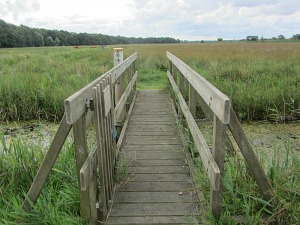
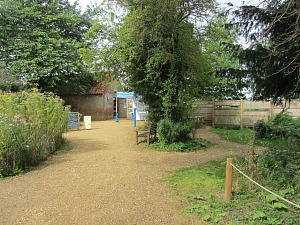
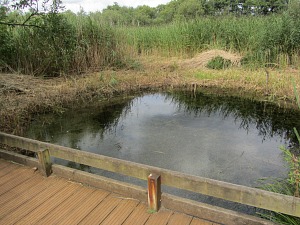
Managed by the RSPB, Strumpshaw Fen is another wonderful reserve set in the surrounds of the Norfolk Broads. You can explore the reserve by walking along a network of trails and hides which is perfect for spotting marsh harriers, bitterns and kingfishers.
In the spring and summer, the meadows are full of wildflowers, which attracts a large number of dragonflies and butterflies, including the spectacular swallowtail which I have yet to see!
The reserve also offers activities for children, making it a family-friendly place to visit.
Sculthorpe Moor
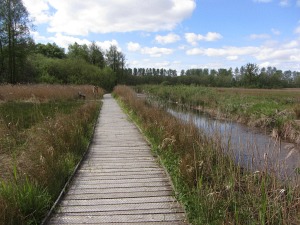
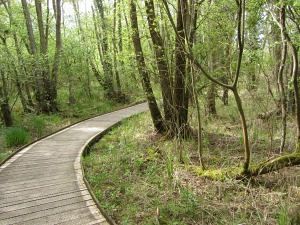
Sculthorpe Moor Nature Reserve, managed by the Hawk and Owl Trust, is completely different.
It’s a really lovely small and peaceful reserve near Fakenham which is accessible year-round. It’s home to a variety of birds including tawny owls, kingfishers, and great spotted woodpeckers, as well as small mammals like water voles.
The reserve has several hides and a special treetop hide offering panoramic views of the Wensum Valley. You can enjoy walking along the well-maintained boardwalks which are suitable for wheelchairs, making it accessible to all. Check out my review of Sculthorpe Moor here.
Hickling Broad
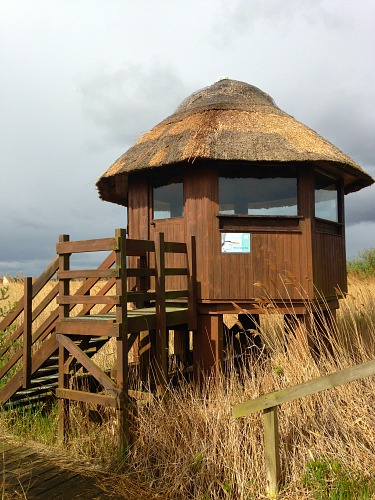
Hickling Broad, managed by the Norfolk Wildlife Trust, is the largest of the Broads Reserves and offers a stunning landscape that changes with the seasons. It now covers 1,400 acres and is home to bitterns and swallowtails.
Explore the reserve on foot or take a guided wildlife water trail boat tour in the summer which I would highly recommend. This gives you the chance to climb up to the 60ft watch tower and admire the expanse of the reserve from on high!
Ranworth Broad
NWT Ranworth Broad is another Broad you can discover by boat trip and has one of the largest cormorant roosts in the UK. You could also visit St Benet's Abbey as well as visiting the broad whilst on one of their trips.
New to bird watching?
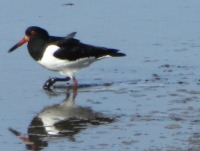
If you’re new to birdwatching, sometimes these hides (and experienced birders) can seem intimidating. Please don’t let that put you off, because what you’ll see on the water’s edge is far more exciting than worrying about whether you know the name of the bird or not.
And more often than not, most experienced bird watchers are very happy to tell you what’s around.
Wondering What To Do In Norfolk?
Get your free copy of the "Quick Guide To Norfolk Beaches".
JOIN OUR NEWSLETTER and keep up to date with 3 or 4 different tips every month for enjoying what Norfolk has to offer such as places to stay, sights to see.
Each week will bring something new!
Just let me know where to send your "Quick Guide To Norfolk Beaches"download by entering our email below, or visit the Newsletter page for more information.
Pensthorpe Waterfowl Park
This is one of the more unusual nature reserves in Norfolk. It's main focus is conservation by captive breeding, so you'll see a whole host of Cranes, red squirrels, Ibis's and many other unusual waterfowl. You can read more about Pensthorpe here
Flora and Fauna in Norfolk
If, however, you’re more interested in the flora and fauna of Norfolk, rather than bird watching, then the Norfolk Wildlife Trust have many sites dotted around the county where you can take wonderfully unspoilt walks in woodland, disused railway lines, heathland and fens.
Visit the Norfolk Wildlife Trust site to see the location of their sites (as there are too many to mention) and get some more detailed information on exactly what you’d like to see.
Foxley Wood is a great example of this, where the NWT maintain this very ancient wood extremely sympathetically, and is particularly amazing when the bluebells are out.
But a couple of other wildlife and nature places to visit are Holt Country Park and Gooderstone Water Gardens.
Best Times to Visit
Norfolk's nature reserves offers unique experiences throughout the year.
- Winter is particularly spectacular for witnessing large flocks of pink-footed geese and observing the grey seals during their pupping season. For bird enthusiasts, the colder months also provide the best opportunities to see a variety of species gathering to roost.
- However, if you're interested in vibrant wildflowers and active wildlife, spring and summer are ideal. During these seasons, you can enjoy the lush landscapes and a plethora of bird species, including the rare swallowtail butterfly at Hickling Broad.
Accessibility and Facilities
Many of Norfolk's nature reserves are well-equipped to cater to visitors of all abilities (but not all of the reserves). Many of them have accessible trails and boardwalks. For example at Titchwell Marsh which accessible paths leading to various hides and viewpoints, and Sculthorpe Moor.
But you should always check the specific facilities available at each reserve on their websites before planning your visit.
Most of the reserves are free to enter (some do charge), although they do usually require a car parking charge.
To delve deeper into the wonders that
Norfolk's nature reserves hold, or to plan your next visit, make sure to
explore some of the links in the article as there is much more content to read
about on each of the reserves.


